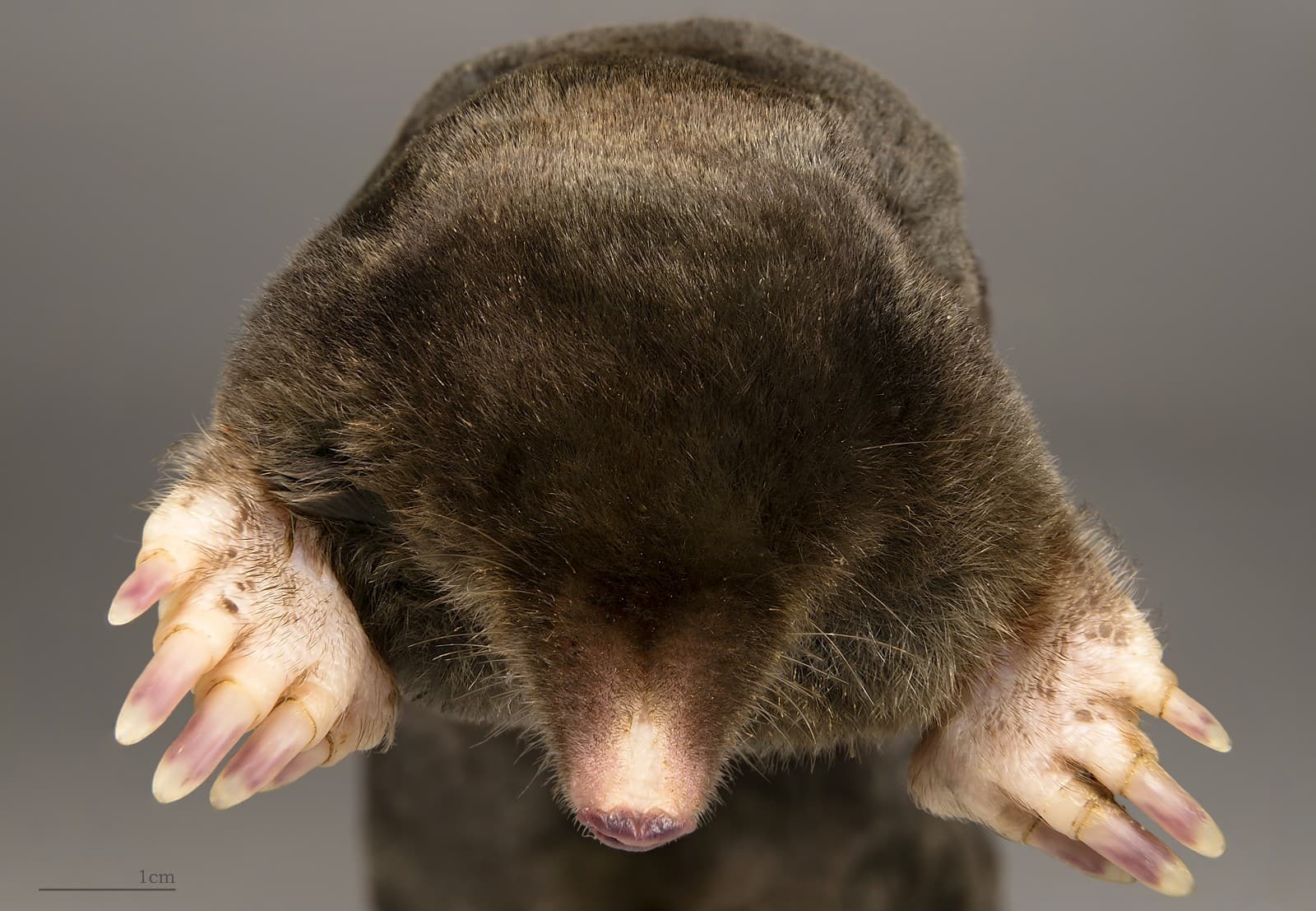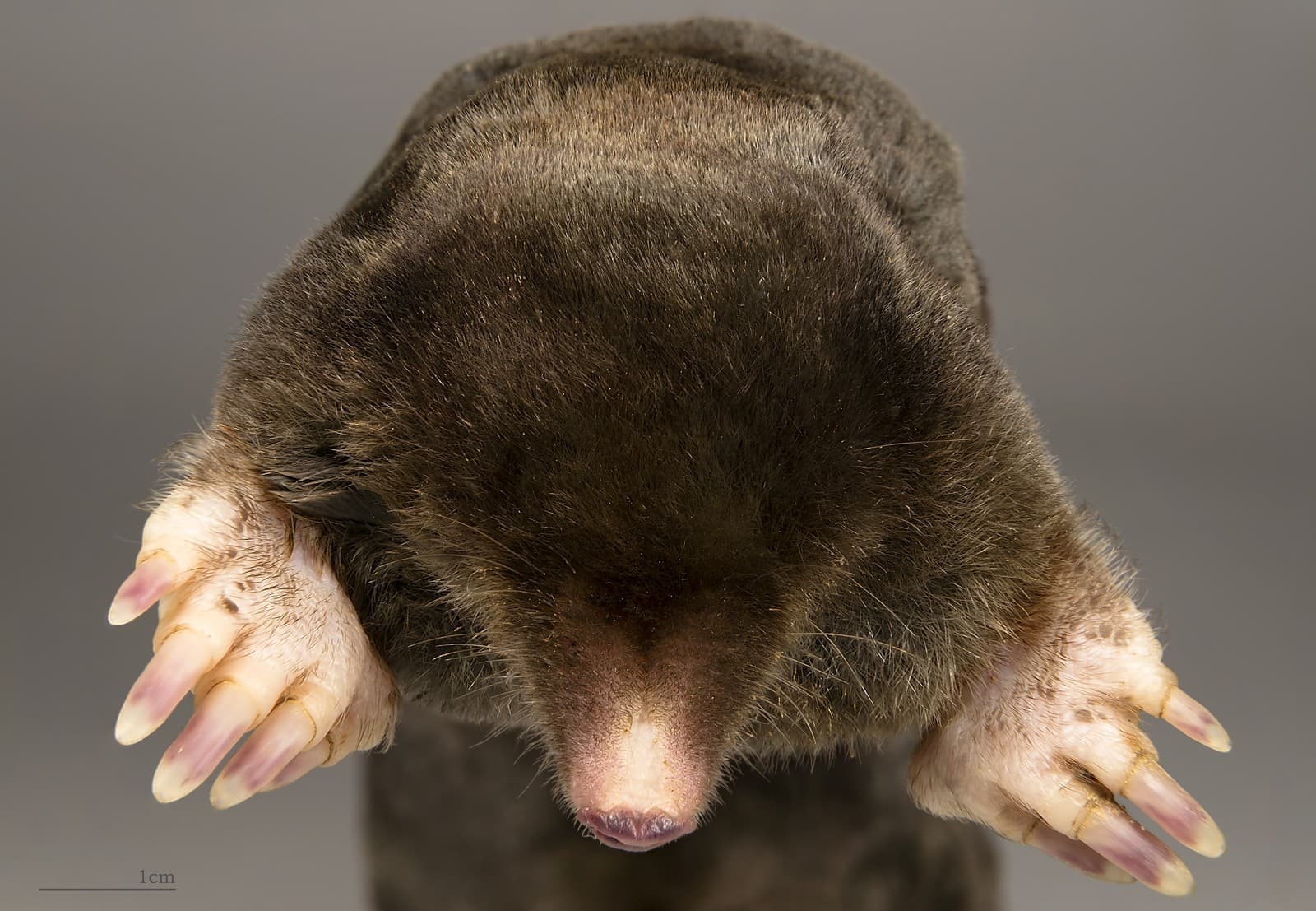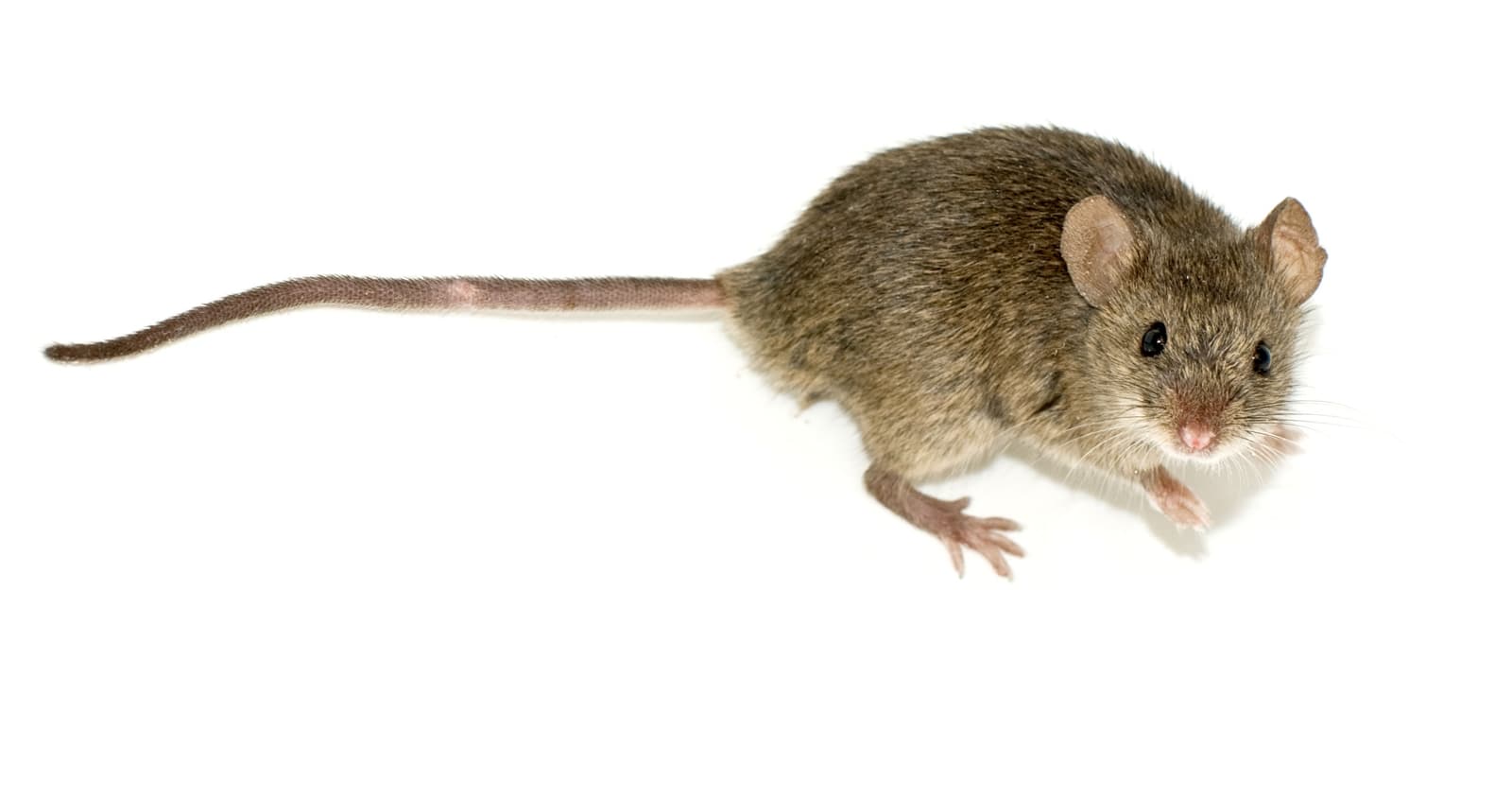Mole vs Shrew: A Complete Comparison
While moles and shrews might appear similar at first glance, these small mammals have evolved distinct characteristics that set them apart. Moles are specialized diggers with powerful front paws, reaching lengths of 4-7 inches (10-18 cm), while shrews are smaller surface-dwellers typically measuring 2-4 inches (5-10 cm). Despite both being insectivores, their lifestyles and adaptations couldn’t be more different.
The most striking difference between moles and shrews lies in their habitat preferences and physical adaptations. Moles spend nearly their entire lives underground, equipped with shovel-like front paws and specialized fur that allows them to move backward and forward through tunnels with equal ease. Shrews, meanwhile, are active above ground, with pointed snouts and more conventional limb structures suited for scurrying through surface vegetation.

The European mole displays its distinctive adaptations for underground life, including powerful digging claws and specialized fur that can move in any direction without resistance - crucial features that separate moles from their shrew cousins.

The Common Shrew exhibits the typical characteristics that distinguish it from moles: a pointed snout, visible eyes, and a body built for surface living rather than tunneling.
Key Differences: Mole vs Shrew
| Feature | Mole | Shrew |
|---|---|---|
| Size | 4-7 inches (10-18 cm) | 2-4 inches (5-10 cm) |
| Front Paws | Large, paddle-like with strong claws | Small, delicate with tiny claws |
| Eyes | Tiny, often hidden under fur | Small but visible |
| Nose | Broad, pink, with sensitive whiskers | Long, pointed snout |
| Habitat | Underground tunnel systems | Surface vegetation, shallow burrows |
| Diet | Earthworms, grubs, insects | Insects, worms, seeds, small vertebrates |
Habitat and Lifestyle Differences
Moles are master excavators, creating extensive tunnel systems that can span hundreds of feet. These underground networks serve as both hunting grounds and living spaces. Their tunnels typically run at two depths: shallow feeding tunnels near the surface and deeper permanent tunnels used for nesting and travel.
Shrews, conversely, live primarily above ground, creating simple burrows or using existing cover like leaf litter and fallen logs. They’re active both day and night, with some species needing to eat every few hours due to their extremely high metabolism.
Hunting and Feeding Behavior
The hunting strategies of moles and shrews reflect their different habitats. Moles rely heavily on their sense of touch and smell, using sensitive whiskers and specialized skin receptors to detect prey in their dark tunnels. They primarily feed on earthworms, storing them in underground “larders” during abundant seasons.
Shrews are more versatile hunters, using their excellent sense of smell and hearing to locate prey both on the surface and in shallow soil. Unlike moles, many shrew species possess a venomous bite, which they use to paralyze prey larger than themselves.
Survival Adaptations
Mole Adaptations
- Polydactyl front paws with extra thumb for digging
- Fur that lies flat in both directions
- Highly developed shoulder muscles
- Blood adapted to low-oxygen environments
Shrew Adaptations
- Venomous saliva (in some species)
- Extremely high metabolism
- Echolocation abilities (in some species)
- Excellent hearing and sense of smell
Who Would Win in a Confrontation?
While direct confrontations between moles and shrews are rare due to their different habitats, shrews generally have the advantage in aggressive encounters despite their smaller size. Their venomous bite, quicker movements, and more aggressive temperament make them formidable opponents. However, moles are better protected by their robust build and thicker fur, making any potential conflict likely to end in a stalemate with both animals retreating to their preferred territories.
This natural avoidance of conflict, combined with their distinct habitat preferences, allows these small insectivores to coexist successfully in the same geographical areas while occupying different ecological niches.













